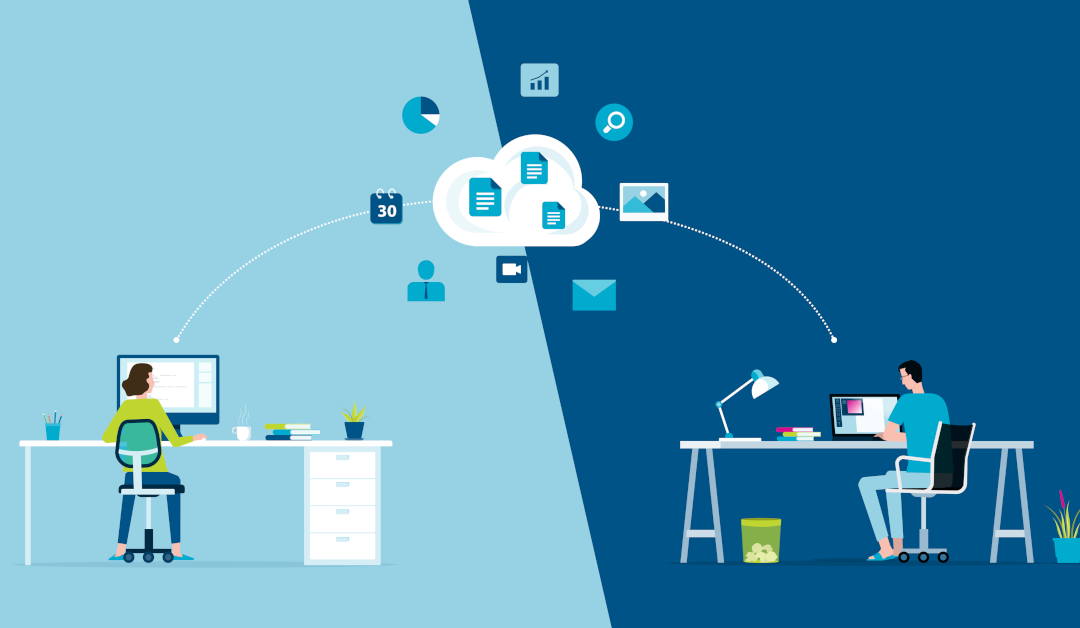When was the last time you did something in a hurry, and everything worked out fine? It doesn’t happen often, and I’d wager it didn’t happen when you rushed to figure out how to operate when the pandemic forced your workforce home. With how quickly things happened, decisions had to be made quickly and many were forced into survival mode.
Organizations are now making plans to bring people back to the office and get back to “more normal” operations. The problem is that employees have had a taste of working remotely and are in no rush to return to the office. The new reality for employers is that maintaining existing staff and recruiting the best candidates will require acknowledgement of remote work in your organizational reality.
Given that fact, it’s now the time to pause and look back at the systems you’ve established to support remote work and consider whether they are appropriate for the longer term. Let’s look at some specific examples:
- You’ve decided to have workers use their personal cell phones as their business numbers. It seems to be working fine, but you’re in a competitive industry and there’s a good chance your employee could go to work with one of your competitors. If this happens, what number are your customers going to call? They are going to call the same number they’ve been using for the past year and a half.
- Security is another major concern. What if you happen to be in an industry where you routinely discuss private client information? How secure are the voicemails and emails going to your employee’s private cellphone? Do you have the technology in place and consent from your employees to wipe the phone remotely if it’s lost or if they quit?
- What about computers? Do you issue computers to your employees, or do they use their own? If they use their own computers and connect remotely, are you certain they’re protected with appropriate anti-virus/anti-malware software that is both current and up to date? Can you, as the administrator, manage computers remotely to ensure that all the software updates are installed, and you’re protected from cyberattacks? Can you wipe all the corporate data, which may include private client data, from their computer if they call you tomorrow and quit?
There’s also the issue of occupational health and safety, and a whole new set of considerations to think of.
- Did you know that your responsibilities for providing a safe workplace extend into your employee’s homes once you enable remote work? Are your employees working from a proper desk or sitting at their kitchen table, or maybe even in a living room with their computer on a coffee table? You now need to be certain that employees have set up appropriate, ergonomic workspaces that don’t create a risk of repetitive strain injuries.
- What would you do if an employee showed up to a video conference with a bruised face or a sprained wrist? Are your managers trained to detect signs of protentional domestic violence and respond appropriately? Because if it is happening, it is now happening in the workplace, and you have a responsibility and accountability as an employer to ensure a workplace that is safe and healthy.
Don’t get me wrong – I love remote work and have been championing it since long before we ever heard of Covid. I firmly believe that it can increase quality of life for an employee and – for an employer that embraces it – make you more attractive to the best quality employment candidates. But it must be done right to mitigate risk and protect your company’s revenue, private data, and corporate reputation. The good news is that there are so many tools out there available to companies of all sizes that the ability to do it right is within just about every employer’s reach.
Greg Moors is a Principal consultant with the Osborne Group, a firm of experienced executives who work with clients on an interim and project basis to move their organizations closer to excellence.






